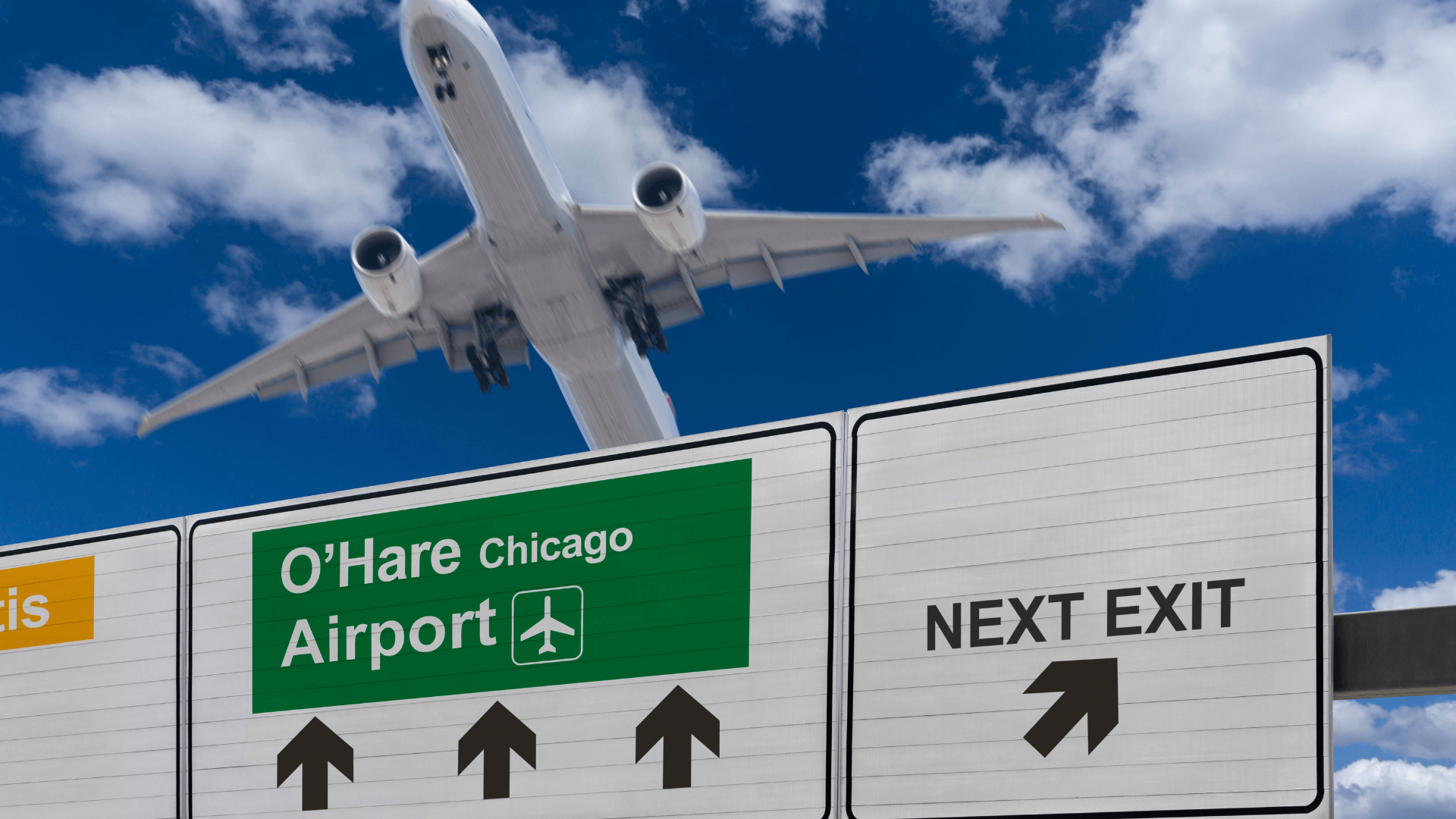Bus vs. Flying: Choosing the Best Mode of Travel for Your Next Chicago Journey
When planning your next journey, weighing up the options between bus and air travel is crucial, especially considering costs, amenities, and convenience. Both modes promise to get you to your destination, but they differ significantly in terms of comfort, cost, travel time, and environmental impact. Here’s a breakdown of what each travel mode brings to the table to help you decide which suits you best.
Overview of Air Travel

Air travel involves flying aboard aircraft that connect airports across the globe. Whether you’re flying short domestic hops or long international flights, here are some key factors to consider:
- Convenience: Air travel offers unparalleled speed over long distances, bypassing ground obstacles and traffic. However, it’s dependent on airport accessibility and flight schedules, which may require additional travel time for check-ins, layovers, and security.
- Comfort and amenities: Modern aircraft vary widely in amenities depending on the airline and which class you’re traveling in. Higher classes often offer reclining seats, entertainment systems, and meals. However, economy class may have limited space and fewer amenities compared to buses.
- Speed and efficiency: Airplanes are the fastest mode of long-distance travel, often flying at speeds over 500 miles per hour. However, delays due to weather, air traffic, or maintenance can impact punctuality.
- Scenic views: Flying offers a unique aerial perspective, especially during takeoff and landing. However, the views during the flight can be limited compared to ground-level travel.
- Environmental impact: Air travel has a significant carbon footprint due to jet fuel emissions. However, advancements in aircraft efficiency and carbon offset programs aim to mitigate air travel’s environmental impact.
- Cost: Flight costs can vary widely based on factors like booking time, seasonality, and route popularity. Budget airlines offer competitive fares, but additional fees for baggage and services can add up quickly.
Overview of Bus Travel

Bus travel covers extensive road networks, providing flexible routes and affordable options for various travel needs. Here’s how it compares:
- Convenience: Buses reach destinations where trains or planes may not, covering rural areas and less-traveled routes efficiently. They offer flexible schedules and frequent departures.
- Comfort and amenities: Long-distance buses offer reclining seats, air conditioning, and restrooms. Some may also provide Wi-Fi and power outlets, though amenities can vary by operator and route.
- Flexibility: Buses allow for last-minute bookings and stops for breaks, making them ideal for spontaneous travel or group trips. They provide a direct service without the need for transfers.
- Travel time: Bus travel can be affected by road conditions and traffic congestion. However, the extensive road network often ensures efficient travel across diverse landscapes.
- Environmental considerations: Modern buses are designed to be fuel-efficient and emit lower carbon emissions per passenger compared to cars or airplanes. They offer a greener option for eco-conscious travelers.
- Cost-effectiveness: Buses generally offer more economical fares compared to flights, especially for shorter distances. Ticket prices are often transparent with fewer additional fees.
Direct Comparison and Considerations for Passengers: Bus vs Air Travel
When choosing between bus and air travel, consider these factors:
- Purpose of travel: Leisure or business, short or long distances.
- Personal preferences: Comfort levels, scenic value, and environmental concerns.
- Budget constraints: Cost-effectiveness and total travel expenses.
- Accessibility: Ease of reaching departure and arrival points.
Here’s a side-by-side comparison table:
| Criteria | Bus | Air |
| Comfort and convenience | Buses offer spacious seats, ample legroom, and onboard restrooms for comfort throughout the journey. Quick boarding and deboarding ensure less stress and quicker departures. | Airplanes often mean cramped seats, limited legroom, and restroom access restricted to specific times during flight. Airport navigation can be hectic. |
| Design and amenities | Modern buses feature large windows for scenic views and plenty of room for luggage, ensuring both comfort and practicality. | Airplanes have limited luggage space and small windows, offering minimal scenery during flights. |
| Cost efficiency | Bus travel is typically more economical with fixed fares and no additional baggage fees, making it ideal for budget-conscious group travel. | Airfare costs fluctuate based on demand and can include additional fees for baggage and taxes, potentially increasing the overall cost significantly. |
| Accessibility and final destination | Buses can drop passengers directly at various locations, including hotels and tourist attractions, providing unmatched convenience and flexibility. | Airplanes are restricted to airports, often requiring additional ground transportation to reach final destinations, which can be inconvenient for groups. |
| Environmental considerations | Buses are more fuel-efficient and produce fewer emissions per passenger compared to airplanes, making them a greener travel option. | Airplanes consume more fuel and emit higher levels of pollutants per passenger, having a greater environmental impact. |
| Additional perks | Bus journeys allow for multiple stops along the way, offering opportunities to stretch legs, explore local sights, and enhance the overall travel experience. | Air travel involves limited stops and is confined to airport terminals, restricting opportunities for breaks and sightseeing during the journey. |
Conclusion
Deciding between bus and air travel hinges on your unique needs and preferences. Each mode of transport offers distinct advantages, whether you prioritize cost, comfort, environmental impact, or travel time. Evaluate these factors to make the best choice for your next journey.